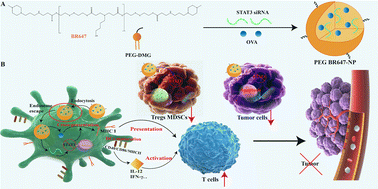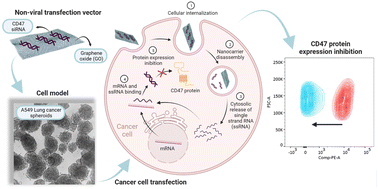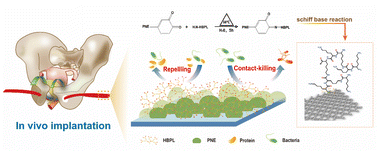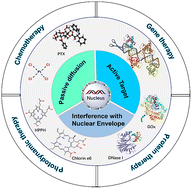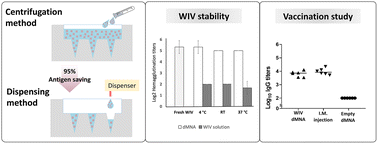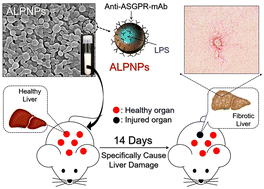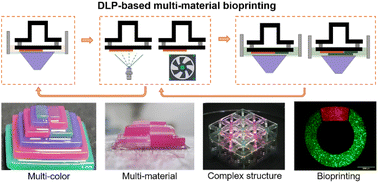Biomater. Sci., 2023, 11,6384-6402
DOI: 10.1039/D3BM00744H, Review Article
DOI: 10.1039/D3BM00744H, Review Article
Lili Hao, Hongli Mao
The magnetically anisotropic structure confers unique properties and promising application prospects to hydrogels in tissue engineering.
The content of this RSS Feed (c) The Royal Society of Chemistry
The magnetically anisotropic structure confers unique properties and promising application prospects to hydrogels in tissue engineering.
The content of this RSS Feed (c) The Royal Society of Chemistry

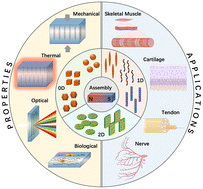
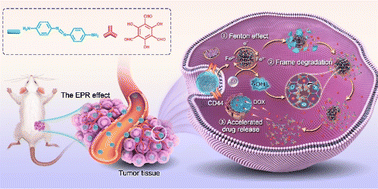

 Open Access
Open Access
